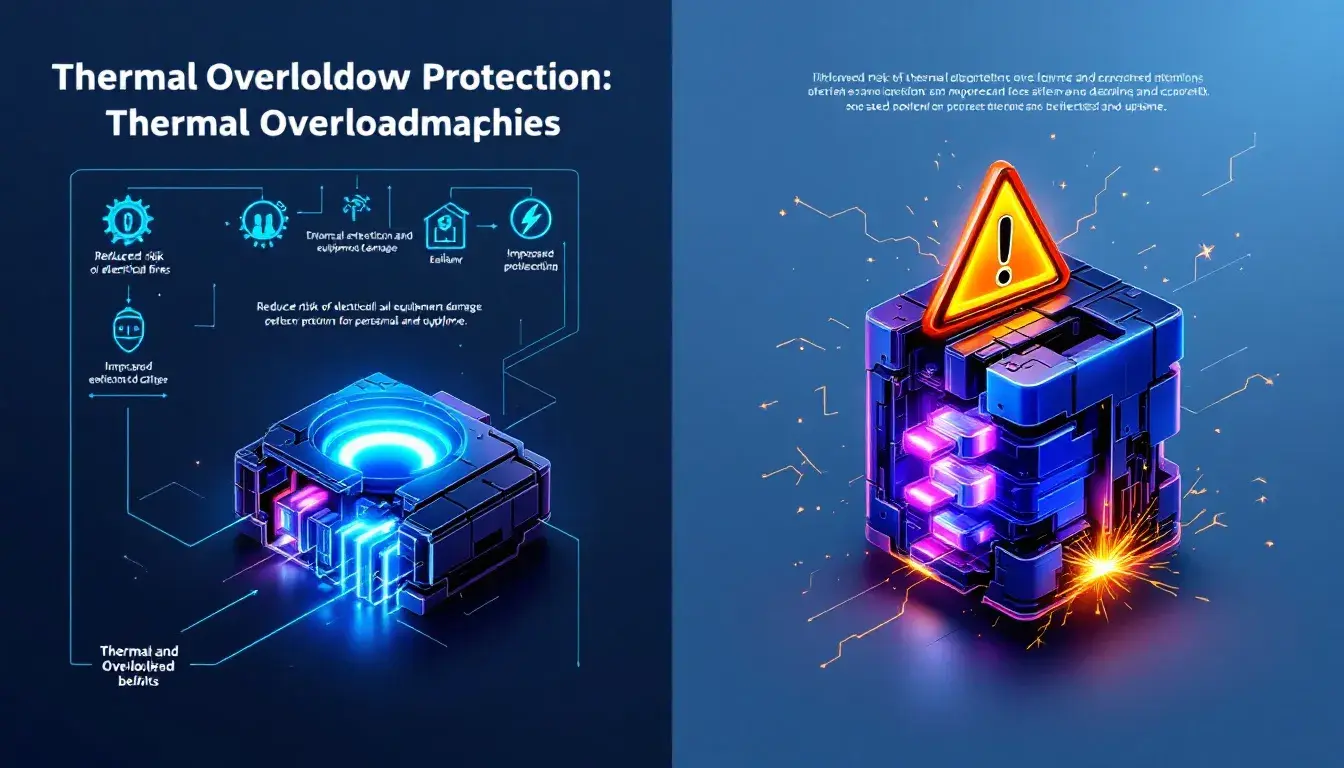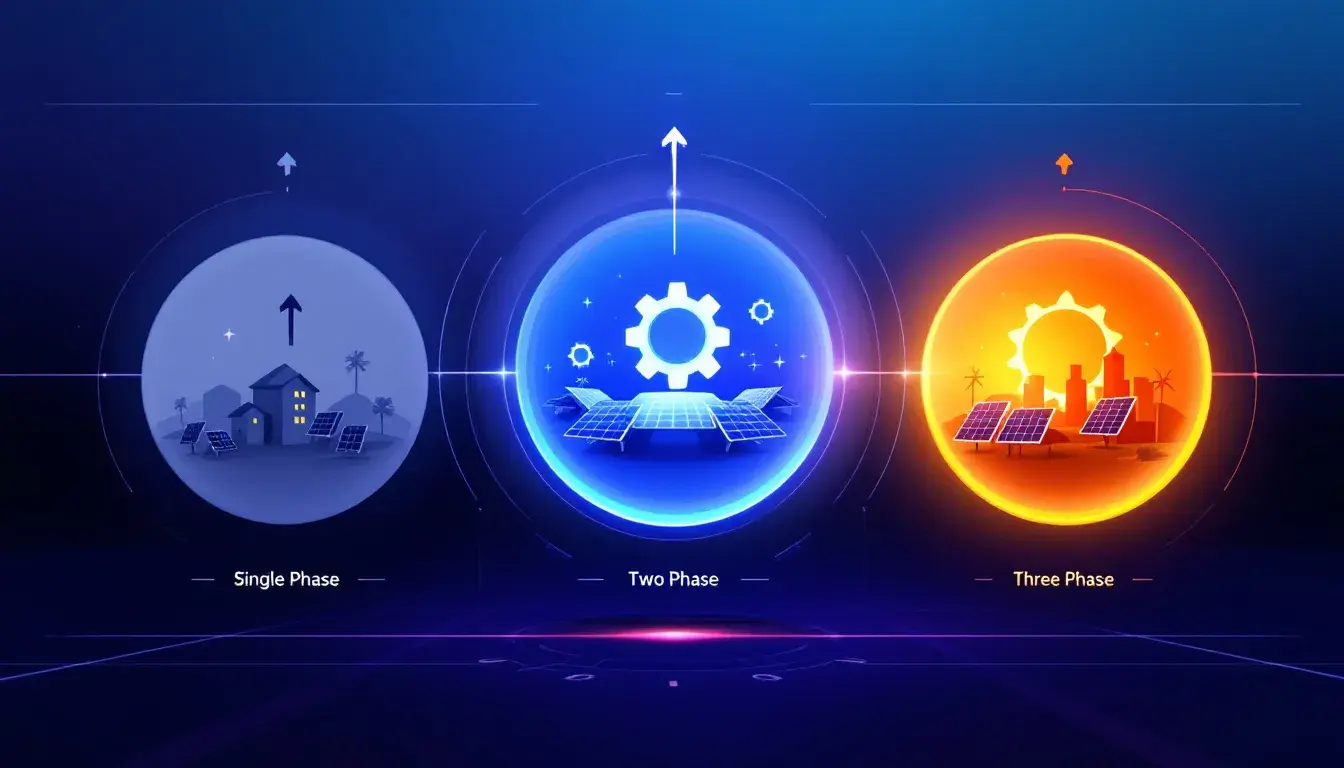Parts of a Circuit Breaker: How Do They Work?
Table of Contents
ToggleA circuit breaker is an essential safety device that automatically stops electrical flow when an overload, short circuit, or fault occurs.
It prevents electrical fires, equipment damage, and electrocution.
The key parts of a circuit breaker—such as the contacts, trip unit, and arc extinguisher—work together to detect faults and interrupt the current safely.
In this article, we’ll break down the circuit breaker components, explain their functions, and explore the purpose of a circuit breaker in residential, commercial, and industrial applications.
Definition of Circuit Breaker in Physics
In physics and electrical engineering, a circuit breaker is a switching device that can open and close a circuit manually or automatically under normal and abnormal conditions.
Unlike fuses, which must be replaced after tripping, circuit breakers can be reset and reused multiple times.
Circuit breakers are widely used in power systems, industrial plants, and household electrical panels to ensure electrical safety and system reliability.
Main Components of a Circuit Breaker
A circuit breaker consists of several key components, each playing a crucial role in detecting and interrupting faulty currents.
#1. Frame (Body/Enclosure)
The frame or housing is the outer shell of the breaker, providing mechanical support and insulation. It:
- Protects internal components from dust, moisture, and physical damage.
- Provides dielectric insulation to prevent electrical leakage.
- Houses various parts such as the operating mechanism and trip unit.
Frames are typically made from high-strength plastic or molded case materials in low-voltage breakers, while industrial circuit breakers use metal-clad enclosures for extra durability.
#2. Contacts (Fixed and Moving Contacts)
Contacts are the main current-carrying parts of the breaker.
They consist of:
- Fixed Contacts: Stationary metal parts where current flows under normal operation.
- Moving Contacts: Connect and disconnect from the fixed contacts to allow or interrupt current flow.
During normal operation, the contacts remain closed, allowing electricity to pass through.
When a fault occurs, the moving contact separates from the fixed contact, breaking the circuit and stopping the current.
#3. Operating Mechanism
The operating mechanism is responsible for manually or automatically switching the breaker on and off.
It includes:
- Handle or Toggle Switch: Used for manual operation.
- Spring Mechanism: Stores energy for quick disconnection during faults.
- Latch System: Keeps the breaker in the ON position until a trip occurs.
The mechanism must act quickly and reliably to prevent excessive damage to electrical circuits.
#4. Trip Unit (Sensing Mechanism)
The trip unit is the brain of the circuit breaker. It detects electrical faults and signals the breaker to open.
There are three main types of trip units:
- Thermal Trip (Bimetallic Strip): Responds to prolonged overcurrent by bending due to heat, triggering the breaker.
- Magnetic Trip (Electromagnetic Coil): Reacts to sudden surges, like short circuits, by instantly pulling a latch to trip the breaker.
- Electronic Trip Unit: Uses sensors and microprocessors to provide precise tripping control.
Modern circuit breakers often use a combination of thermal and magnetic trip units for enhanced protection.
#5. Arc Extinguisher (Arc Chute)
When a circuit breaker opens under load, an electric arc forms between the separating contacts. This arc must be quickly extinguished to prevent damage.
The arc extinguisher helps by:
- Splitting the arc into smaller sections.
- Cooling and dispersing the arc using arc plates.
- Redirecting the arc away from the contacts.
Arc chutes are made of heat-resistant insulating materials like ceramic or fiber-reinforced plastic to withstand extreme temperatures.
#6. Terminal Connections
Terminal connections are where incoming and outgoing electrical wires attach to the circuit breaker.
These terminals must:
- Be tightly secured to prevent loose connections, which can cause overheating.
- Support various wire gauges depending on the breaker’s amperage rating.
- Be made of copper or aluminum for efficient conductivity.
Proper circuit breaker panel wiring is crucial for system performance and safety.
Circuit Breakers Are Classified By
Circuit breakers come in different types based on their function, voltage level, and operating mechanism.
1. Classification by Voltage Level
| Type | Voltage Range | Application |
| Low Voltage (LV) | Up to 1,000V | Homes, small businesses |
| Medium Voltage (MV) | 1kV – 72.5kV | Industrial facilities, substations |
| High Voltage (HV) | Above 72.5kV | Power transmission lines |
Residential circuit breakers are low-voltage, while industrial systems use medium to high-voltage breakers.
2. Classification by Interruption Mechanism
| Breaker Type | Interruption Method | Usage |
| Air Circuit Breaker (ACB) | Air blast extinguishes the arc | Industrial applications, large buildings |
| Oil Circuit Breaker (OCB) | Oil cools and quenches the arc | High-voltage power grids |
| Vacuum Circuit Breaker (VCB) | The vacuum chamber interrupts the arc | Medium-voltage power systems |
| SF6 Circuit Breaker | Uses sulfur hexafluoride gas | High-voltage transmission networks |
Each type offers unique advantages depending on the application.
What is the Function of a Circuit Breaker?
The primary purpose of a circuit breaker is to protect electrical systems from damage due to:
- Overloads: When electrical demand exceeds the wire’s capacity, the breaker trips to prevent overheating.
- Short Circuits: If a direct connection forms between live and neutral wires, the breaker instantly cuts power to prevent fires.
- Ground Faults: If electricity leaks to the ground, a GFCI breaker trips to protect against electric shocks.
Circuit breakers play a critical role in electrical safety and reliability.
Circuit Breaker Protection in Different Applications
Circuit breakers are used in various settings to provide protection and safety.
#1. Residential Use
- Protect lights, outlets, and appliances from overcurrent.
- GFCI breakers prevent shocks in bathrooms and kitchens.
- AFCI breakers stop electrical fires caused by faulty wiring.
#2. Commercial and Industrial Use
- Safeguard large machines and electrical panels in factories.
- Prevent faults in hospitals, data centers, and offices.
- Maintain power distribution systems for high-energy operations.
#3. Power Grids & Substations
- High-voltage breakers control electricity flow in transmission networks.
- They prevent large-scale power outages and grid failures.
Circuit Breaker Parts: Final Thoughts
A circuit breaker is a vital component in electrical safety, designed to detect, interrupt, and protect against electrical faults.
The key parts of a circuit breaker, such as the contacts, trip unit, and arc extinguisher, work together to ensure safe and efficient power distribution.
Understanding circuit breaker components helps in selecting, installing, and maintaining these devices for residential, commercial, and industrial applications.
Tel: +86-577-88671000
E-mail: ceo@tosun.com
Skype: tosunelectric
Wechat: +86-139 6881 9286
WhatsApp: +86-139 0587 7291
Address: Room No.1001 Wenzhou Fortune Center,Station Road, Wenzhou, China
REQUEST A QUOTE
WhatsApp us
 : +86-139 0587 7291
: +86-139 0587 7291 English
English Español
Español Русский
Русский Français
Français العربية
العربية Português do Brasil
Português do Brasil Українська
Українська Türkçe
Türkçe Polski
Polski Nederlands
Nederlands Italiano
Italiano Bahasa Indonesia
Bahasa Indonesia हिन्दी
हिन्दी اردو
اردو አማርኛ
አማርኛ Հայերեն
Հայերեն ไทย
ไทย Монгол
Монгол فارسی
فارسی Shqip
Shqip Ελληνικά
Ελληνικά


